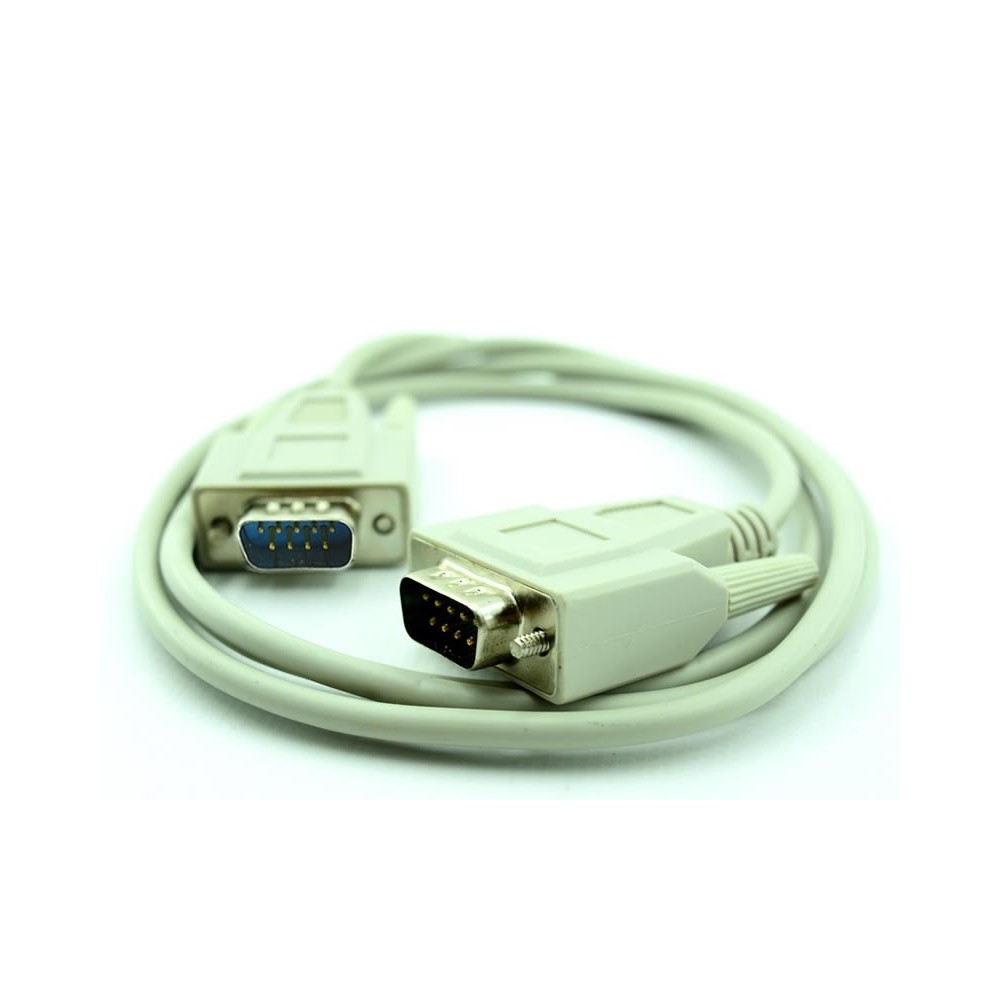
- SERIAL IMAGES SERIAL
- SERIAL IMAGES MANUAL
- SERIAL IMAGES REGISTRATION
- SERIAL IMAGES SOFTWARE
- SERIAL IMAGES SERIES
SERIAL IMAGES REGISTRATION
This example demonstrates that the ability to treat an atlas as truly 3D and generate customized reference atlas plates is an important feature for a registration tool. Generating custom atlas plates that match the image orientation provide the foundation necessary to properly identify anatomy ( Fig 1B1–1B4).
SERIAL IMAGES SERIES
The section angle was chosen to identify the precise locations of a series of electrode tracks, but the anatomical features are very difficult to interpret, even for experts. Here the angle is oblique perpendicular to the long axis of the rat hippocampus about halfway between the coronal and sagittal planes ( Fig 1A1–1A4). The importance of being able to examine an atlas off-axis is illustrated in Fig 1. This greatly limits the ability to match real life data to the high quality datasets in canonical atlases. Most paper, and even 3D atlases, can only be viewed in the standard coronal, sagittal, and horizontal planes, with few tools allowing views in non-standard planes. In addition, the ability to treat the atlas as a true 3D image is not always feasible. While the ability to register single two-dimensional (2D) images to 3D atlas slices exists in a number of tools, many are coding based interfaces and therefore not user friendly to the wider neuroscience community. This in turn has given the research community the ability to greatly expand the capability to perform powerful and unique analyses with the option of looking beyond single studies or data modality. Recent advancements in the availability and usability of digital three-dimensional (3D) atlases and associated tools have made it feasible to associate many different data types to these known standards. Interpretation of brain-related data requires precise information about the anatomical location from which the data are derived. The funders had no role in study design, data collection and analysis, decision to publish, or preparation of the manuscript.Ĭompeting interests: The authors have declared that no competing interests exist. 785907 (HBP SGA2), with additional support from The Research Council of Norway, Grant Agreement No. 720270 (HBP SGA1) and Grant Agreement No. The detailed descriptions can be found on the QuickNII page on (RRID:SCR_016854).įunding: This work was supported by the European Union`s Horizon 2020 Research and Innovation Programme under Grant Agreement No.
SERIAL IMAGES SOFTWARE
This is an open access article distributed under the terms of the Creative Commons Attribution License, which permits unrestricted use, distribution, and reproduction in any medium, provided the original author and source are credited.ĭata Availability: The software described is available through the public repository provided by NITRC.ORG. Received: NovemAccepted: ApPublished: May 29, 2019Ĭopyright: © 2019 Puchades et al. Malmierca, Universidad de Salamanca, SPAIN

SERIAL IMAGES SERIAL
By having coordinates assigned to the experimental images, further analysis of the distribution of features extracted from the images is greatly facilitated.Ĭitation: Puchades MA, Csucs G, Ledergerber D, Leergaard TB, Bjaalie JG (2019) Spatial registration of serial microscopic brain images to three-dimensional reference atlases with the QuickNII tool.
SERIAL IMAGES MANUAL
Following anchoring of a limited number of sections containing key landmarks, transformations are propagated across the entire series of sectional images to reduce the amount of manual steps required. In this way, the spatial relationship between experimental image and atlas is defined, without introducing distortions in the original experimental images.

The reference atlas is transformed to match anatomical landmarks in the corresponding experimental images. A key feature in the tool is the capability to generate user defined cut planes through the reference atlas, matching the orientation of the cut plane of the sectional image data. Here we present QuickNII, a stand-alone software tool for semi-automated affine spatial registration of sectional image data to a 3D reference atlas coordinate framework. Overall, efficient tools for registration of large series of section images to reference atlases are currently not widely available. A major challenge in this regard is that microscopic sections often are cut with orientations deviating from the standard planes used in the reference atlases, resulting in inaccuracies and a need for tedious correction steps.

However, anatomical location of observations made in microscopic sectional images from rodent brains is typically determined by comparison with 2D anatomical reference atlases. Modern high throughput brain wide profiling techniques for cells and their morphology, connectivity, and other properties, make the use of reference atlases with 3D coordinate frameworks essential.


 0 kommentar(er)
0 kommentar(er)
